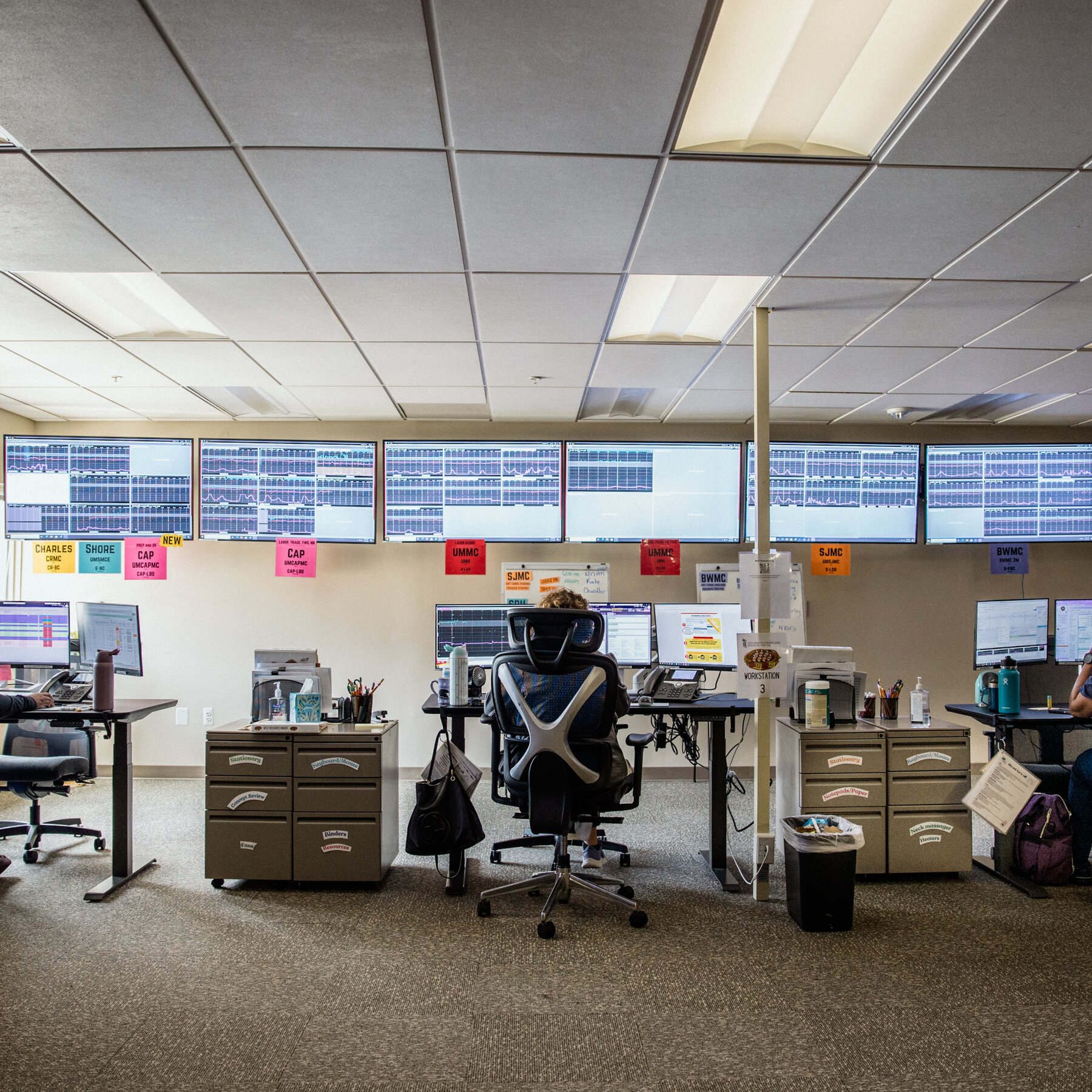Northern Lights Dazzle U.S. Skies as Far South as Alabama
Solar Storm Lights Up the Night
On the evening of Saturday, March 23, fast‑moving charged particles hurled from the Sun slammed into Earth’s upper atmosphere, igniting a spectacular auroral display that stretched from the Pacific Northwest to the Deep South.
What Causes the Aurora?
The phenomenon, commonly known as the aurora borealis, occurs when solar wind particles collide with gases such as oxygen and nitrogen high above the planet. The collisions release energy in the form of light, creating shimmering curtains of green, pink, and violet that dance across the sky.
How Far South Did It Reach?
While the aurora is usually confined to latitudes above 60° N, this particular geomagnetic storm pushed the lights well into the continental United States. Observers reported vivid displays in:
- Washington, Oregon, and Idaho
- Minnesota and Wisconsin
- Illinois and Indiana
- Virginia and the Carolinas
- Alabama (the southernmost confirmed sighting)
Public Reaction
Social‑media feeds exploded with photos and videos. In Birmingham, Alabama, a group of teenagers posted a timelapse showing bright green arcs hovering above the city skyline. In Seattle, longtime aurora watchers exclaimed that the colors were “brighter than anything we’ve seen in a decade.”
Expert Insight
Dr. Laura Chen, a space‑weather specialist at the National Oceanic and Atmospheric Administration, explained, “The solar flare that erupted on March 20 released a coronal mass ejection that arrived at Earth on the 22nd. The resulting geomagnetic disturbance was strong enough to expand the auroral oval far beyond its usual limits.” She added that such events are expected to become more frequent as solar activity ramps up toward the next solar maximum.
Safety Tips for Aurora Chasers
If you plan to watch the lights, keep these pointers in mind:
- Dress warmly – temperatures can drop sharply after sunset.
- Find a dark location away from streetlights and city glare.
- Bring a fully charged camera and a tripod for long‑exposure shots.
- Check local forecasts for cloud cover and geomagnetic activity indices.
Looking Ahead
NASA’s Solar Dynamics Observatory predicts another moderate solar storm later this week, which could produce additional auroral displays. Residents in the northern and mid‑latitude United States are encouraged to stay tuned to space‑weather alerts if they want another chance to witness the night sky’s natural fireworks.





